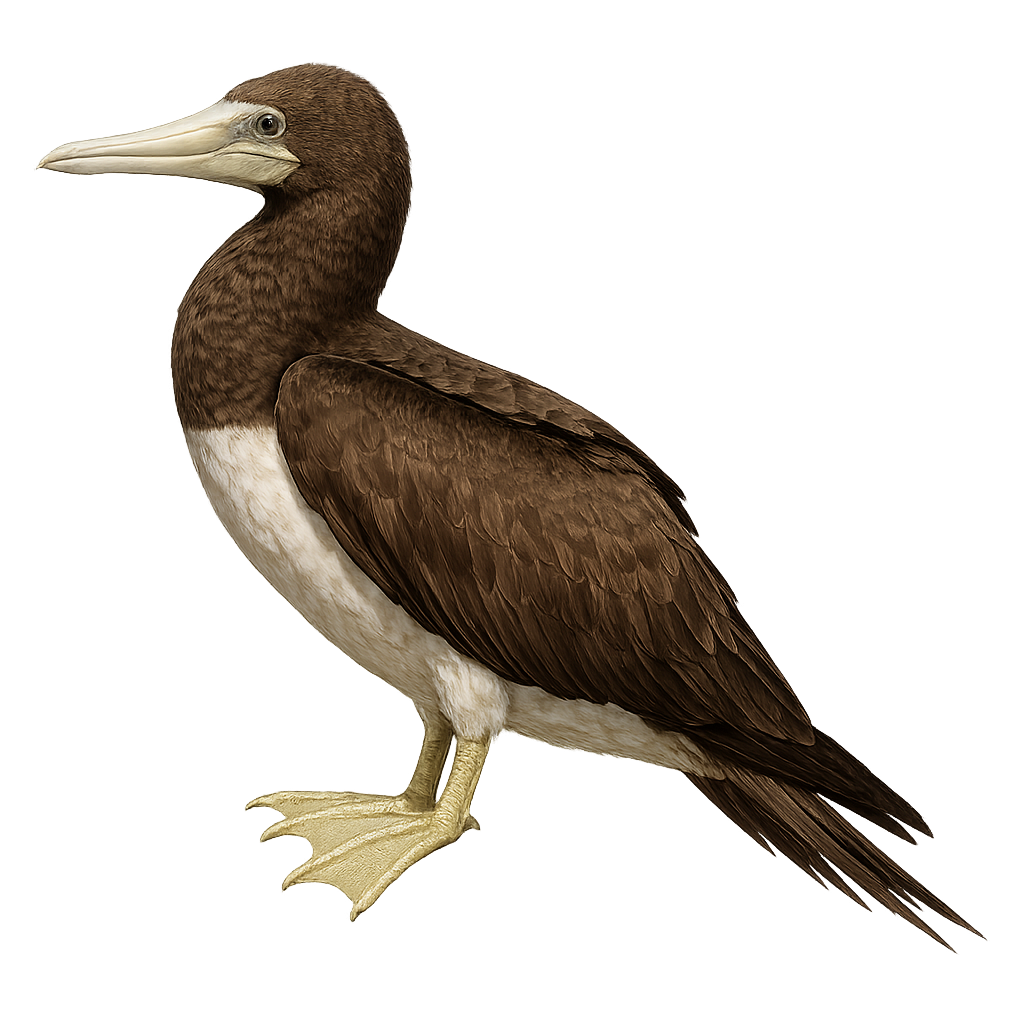Your wildlife photography guide.
Explore the brewster's booby in detail, study its behavior, prepare your shots.
Where to observe and photograph the brewster's booby in the wild
Learn where and when to spot the brewster's booby in the wild, how to identify the species based on distinctive features, and what natural environments it inhabits. The WildlifePhotographer app offers tailored photography tips that reflect the brewster's booby’s behavior, helping you capture better wildlife images. Explore the full species profile for key information including description, habitat, active periods, and approach techniques.
Brewster's Booby
Scientific name: Sula brewsteri

IUCN Status: Least Concern
Family: SULIDAE
Group: Birds
Sensitivity to human approach: Suspicious
Minimum approach distance: 10 m
Courtship display: February to March
Incubation: 44-47 jours
Hatchings: March to May
Habitat:
Rocky islands, marine coasts
Activity period :
Primarily active during the day, with peak activity in the morning and late afternoon.
Identification and description:
The Brewster's Booby, or Sula brewsteri, is a medium-sized seabird belonging to the Sulidae family. It is characterized by its bright white plumage, black wings and tail, and pale blue bill. Mainly found in the Gulf of California and along the Pacific coasts of Mexico, this bird is an excellent diver, feeding primarily on fish and squid. It nests in colonies on rocky islands, usually laying two eggs. The young are fed by regurgitation by both parents. Although its conservation status is currently of concern, it is vulnerable to human disturbances and climate changes affecting its nesting habitats.
Recommended lens:
400mm – adjust based on distance, desired framing (portrait or habitat), and approach conditions.
Photography tips:
To photograph the Brewster's Booby, it is advisable to use a telephoto lens of at least 400mm to capture detailed images without disturbing the bird. The best opportunities arise during its spectacular dives or when it rests on the rocks. Favor the golden hours of morning or afternoon for soft, flattering light. Be patient and discreet to avoid scaring the birds, and use a tripod to ensure stability in your shots.
The WildlifePhotographer App is coming soon!
Be the first to explore the best nature spots, track rutting seasons, log your observations, and observe more wildlife.
Already 1 430 wildlife lovers subscribed worldwide

